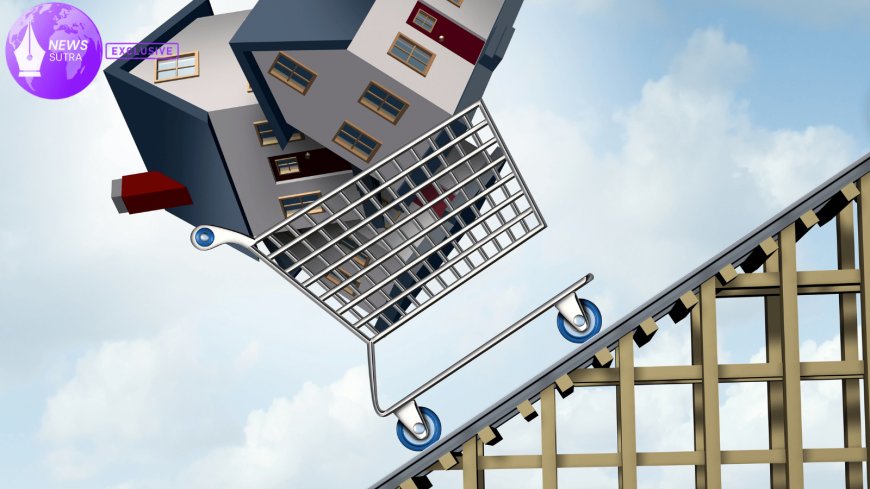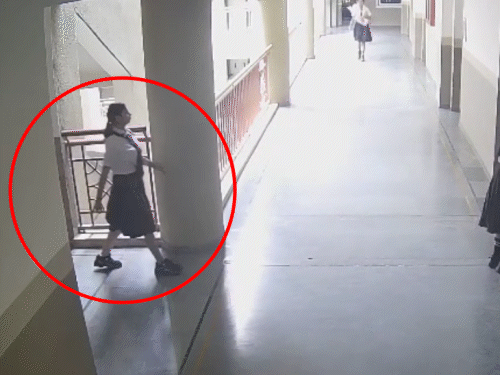Inflation’s Political Backlash: How Rising Costs Are Reshaping Voter Sentiment Ahead of 2026 Elections
With inflation rising above 4%, voter frustration is reshaping U.S. politics. This analysis explores economic data, political strategies, and public perception ahead of the 2026 midterms.

Inflation has once again surged to the center of American political debate, placing both major parties on edge as the nation looks toward the 2026 midterm elections. While the numbers may appear abstract on paper, the reality is felt daily by families at grocery stores, gas stations, and housing markets across the country. For many, skyrocketing costs are not only draining wallets but also shaping how they view candidates and policy promises.
The Latest Data: Numbers That Tell a Story
According to the U.S. Bureau of Labor Statistics, consumer prices in July climbed at their fastest pace in nearly eight months. The most significant jumps came from food staples such as bread, dairy, and poultry, along with housing rents that continue to strain middle-class families. Gasoline costs, which had leveled out earlier this year, spiked again in late summer, re-igniting debates about energy policy.
For context, inflation now hovers above 4.1 percent—higher than the Federal Reserve’s target and well above comfort levels for households already balancing student loans, childcare, and rising health insurance premiums. The numbers are more than statistics; they are translating into voter anxiety.
Political Ripples: Campaigns Recalibrate Strategies
Both Democrats and Republicans are acutely aware that economic unease is one of the strongest predictors of electoral outcomes. A recent Pew Research Center survey found that nearly 70 percent of Americans consider “the cost of living” their top concern heading into the next election cycle.
-
For Republicans, inflation has become a rallying cry to criticize the administration’s spending and regulatory policies. Many GOP candidates are framing themselves as fiscal stewards who can restore “economic discipline” to Washington.
-
For Democrats, the challenge is to defend recent investments in infrastructure, technology, and clean energy, while convincing voters that these policies will ultimately lower costs and stabilize long-term growth.
The result is a political battlefield where every grocery receipt, rent hike, or energy bill has the potential to become campaign ammunition.
Voter Sentiment: The Human Side of Inflation
In Ohio, small business owner Rebecca Collins described how the rise in raw material prices forced her to cut back staff hours. “I’m not sure who’s to blame,” she said, “but I know I can’t keep my store open as long as I used to.”
Meanwhile, in suburban Virginia, retiree James McBride voiced frustration over grocery bills. “I thought by now my fixed income would cover everything I need. But each month, I’m falling short. Politicians talk, but I don’t see them living the reality we are.”
These testimonies highlight the disconnect between policy debates in Washington and lived experiences across the nation. Inflation has become not just an economic trend but a deeply personal grievance shaping how people approach the ballot box.
The Global Dimension: America Is Not Alone
Economists are quick to note that the U.S. is not facing inflation in isolation. Global supply chain disruptions, energy price volatility, and international conflicts have all contributed to the surge. Yet in American politics, international explanations rarely blunt domestic frustration. For most voters, the expectation is that their government should shield them from such pressures.
Looking Ahead: A Test for Political Leadership
The road to November 2026 will be defined by how candidates frame the inflation crisis. Will they present credible solutions, or lean on partisan blame games? Political strategists suggest that the side offering concrete relief—whether through tax credits, price caps, or targeted subsidies—may have an advantage in swing districts where household budgets dictate voting behavior.
At the same time, the Federal Reserve’s next moves on interest rates will carry significant political weight. If inflation remains stubbornly high, even well-crafted campaign promises may struggle to overcome voter frustration.
Conclusion: A Defining Issue for 2026
Inflation has always carried political consequences, but the current climate magnifies those effects. With living costs rising faster than wages, public patience is wearing thin. The challenge for candidates is to demonstrate not just empathy but effectiveness.
The 2026 midterms may ultimately hinge less on ideology and more on something far simpler: whether Americans feel their economic burdens are easing. Until then, each uptick in prices is another reminder that the kitchen table often decides the outcome of elections more powerfully than any debate stage.
What's Your Reaction?
 Like
0
Like
0
 Dislike
0
Dislike
0
 Love
0
Love
0
 Funny
0
Funny
0
 Angry
0
Angry
0
 Sad
0
Sad
0
 Wow
0
Wow
0






































































